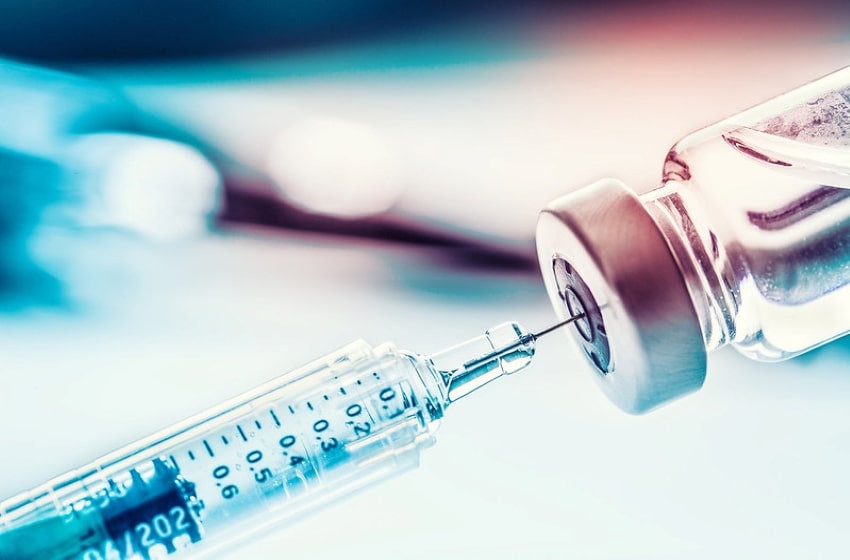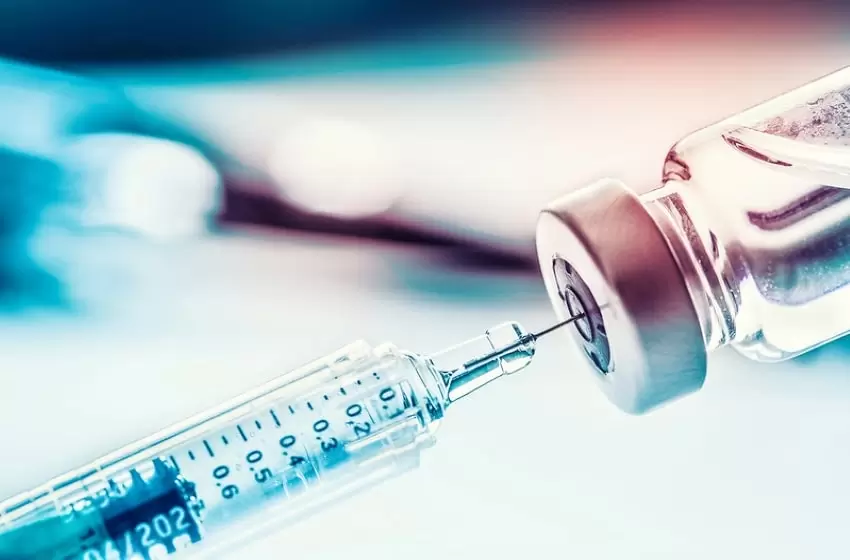

(C) Flickr, Alachua County
It has been decided that janitors, medical students and comorbidity patients are among the priority recipients of COVID-19 shots in the vaccination campaign of the government which is scheduled to begin this month.
In view of this, A prioritization criteria has been approved by the Inter-Agency Task Force for the Management of Emerging Infectious Diseases (IATF) for the distribution of vaccines at national and local government levels, as well as in the private sector.
The list is based on a joint resolution by the Interim National Technical Advisory Group on Immunization and the Department of Health Technical Advisory Group. In line with the approved criteria, the front line staff in health facilities, both national and local, private and public, and health professionals and non-professionals, such as students, nursing assistants, janitors, barangay health workers are those under priority group A1.
Priority group A2 applies to senior citizens over the age of 60, while priority group A3 refers to people with co-morbidities or concurrent illnesses.
Under priority group A4, front-line staff were established by the IATF during the implementation of enhanced community quarantine (ECQ) restrictions from March to June last year in the “essential” sectors, including uniformed personnel.
Hospitals, dialysis and chemotherapy centers and other medical facilities; manufacturers of drugs, medical supplies and equipment; industries engaged in agriculture, forestry and fisheries; and distribution and courier services carrying food, medication and other critical products were permitted to operate at full capacity under the ECQ. Indigents are categorized in priority category A5.
Teachers and social workers (B1), government workers (B2) and other important workers are classified under the B groups (B3). B4 includes indigenous peoples (IPs) and socio-demographic groups other than senior citizens with a significantly higher risk of COVID-19 infection.” Filipino Overseas Employees (OFWs) are classified as B5.
Class C includes the remainder of the Filipino population which does not belong to the other groups. Dr. Razel Nikka Hao of the COVID-19 surveillance and rapid action unit of the health department said during an online press briefing that 116,000 health workers have so far signed up to be vaccinated, all from Metro Manila. Registration is still underway.
Consequently, by mid-February, DOH is expecting about 117,000 doses of the Pfizer-BioNTech COVID-19 vaccine to be available. On the other hand, by the second quarter, an estimated 5 to 9 million doses of the AstraZeneca vaccine from the global supply facility of COVAX are planned.
The geographical areas to be prioritized for the vaccine implementation, according to Roque, will be focused on the number of active cases, the attack rate per 100,000 population over the past four weeks, the population density and the willingness of the local government to enforce the inoculation program.
NextRise 2025-the biggest startup and tech event in Asia-is ready to take place in Seoul on June 26-27 at COEX,…
On this reunion occasion marking 20 years after their debut, the anticipation of the fans seems to be reaching greater…
South Korean boy band RIIZE is returning to Singapore on January 24, 2026 as part of their “RIIZING LOUD” Asia…
Experience Japan’s longest running all-night rock festival, RISING SUN ROCK FESTIVAL 2025 in EZO, with incredible acts, a wealth of…
United States Immigration and Customs Enforcement conducted audits of three Denver cleaning companies, leading to more than $8 million in…
Cricket fans, rejoice! The Olympic Council of Asia (OCA) has confirmed that cricket will be part of the 2026 Asian…
This website uses cookies.
Read More